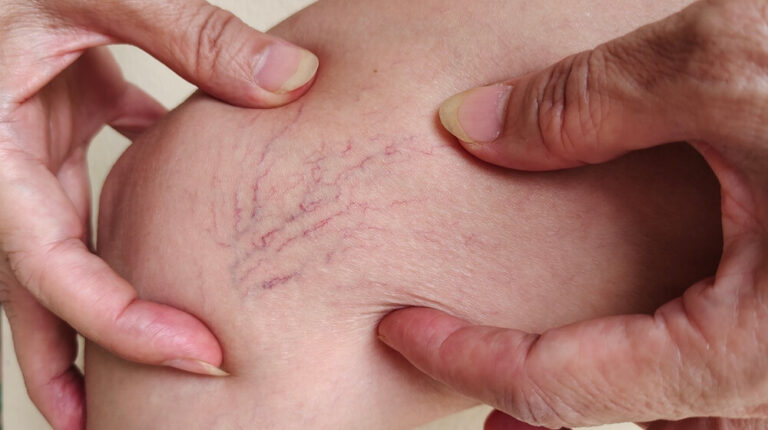how do vasodilators work
Vasodilators widen or stop narrowing of the blood arteries, which increases blood flow to various body organs. Numerous vasodilators attach to receptors on blood vessel endothelial cells, causing calcium release. (1)
The blood levels of specific medications can be checked to keep track of vasodilator. Another method for identifying therapeutic levels in patients receiving them is microvascular monitoring. Many clinical trials target patients before and after vasodilator therapy using microvascular monitoring to look for hemodynamic coherence.
Blood pressure and heart rate should be monitored after the use of vasodilator. Check the patient’s antinuclear antibody (ANA) titers and anti-histone antibody levels if they start to have lupus-like symptoms while taking hydralazine. ARBs and ACE inhibitors should be started 2 to 3 weeks after renal function levels have been measured. While a patient is on minoxidil, any pericardial effusion symptoms or signs should be closely watched.
They can be administered in a variety of ways, including sublingual, IV, oral.
Some Of common vasodilators
- ACE inhibitors such as benazepril
- ARBs such as losartan
- CCBs such as diltiazem
- Other direct vasodilator such as hydralazine
Benefits Of Vasodilators
Vasodilator can be used to treat a number of illnesses, most frequently systemic hypertension. The following illnesses are also present angina, heart failure, stroke, chronic renal disease, preeclampsia, and hypertensive emergency. Various kinds of vasodilators are employed in modern clinical practice, and each one affects the coronary arteries and peripheral vasculature differently. Vasodilator mostly impact the arteries in the human body, however some of them, like nitroglycerin, might primarily affect the venous system.
types of vasodilators
- Direct-acting (hydralazine, minoxidil, nitrates, nitroprusside)
- Calcium channel blockers (verapamil, diltiazem, nifedipine, amlodipine)
- An antagonist of the renin-angiotensin-aldosterone system (angiotensin receptor blockers, angiotensin-converting-enzyme inhibitors)
- Beta-2 receptor agonist (salbutamol, terbutaline)
- Postsynaptic alpha-1 receptor antagonist (prazosin, phenoxybenzamine, phentolamine)
- Centrally acting alpha-2 receptor agonist (clonidine, α-methyldopa)
- Endothelin receptor antagonist (bosentan, ambrisentan)
- Phosphodiesterase inhibitors (sildenafil, tadalafil)
side effects of vasodilators
- ACE Inhibitors: Dry cough
- Angiotensin Receptor Blockers: Hypotension
- Calcium Channel Blockers: Dizziness, flushing, constipation
- Nitrates: Headache, flushing
- Hydralazine: Headache, angina
- Minoxidil: Water retention
- Beta-Blockers: Dizziness, headaches, nausea, hypotension, metabolic abnormalities
Most Effective Vasodilators
CGRP, a novel neuropeptide from the calcitonin gene is the most potent vasodilator known. Mass spectrometry has been used to determine the structure of human CGRP. Numerous species have been shown to include neurons that carry the peptide associated to the calcitonin gene, notably in close proximity to the heart and blood arteries. Pharmacological research has demonstrated the potency of CGRP as a vasodilator in a variety of arteries and vascular beds, including the skin and coronary circulation. Studies on people have revealed that CGRP has a strong vasodilator effect.

Natural vasodilators
- Cocoa
- Garlic
- Berries
- Beets and beet juice
- Onions
- Leafy greens
- Citrus fruits






